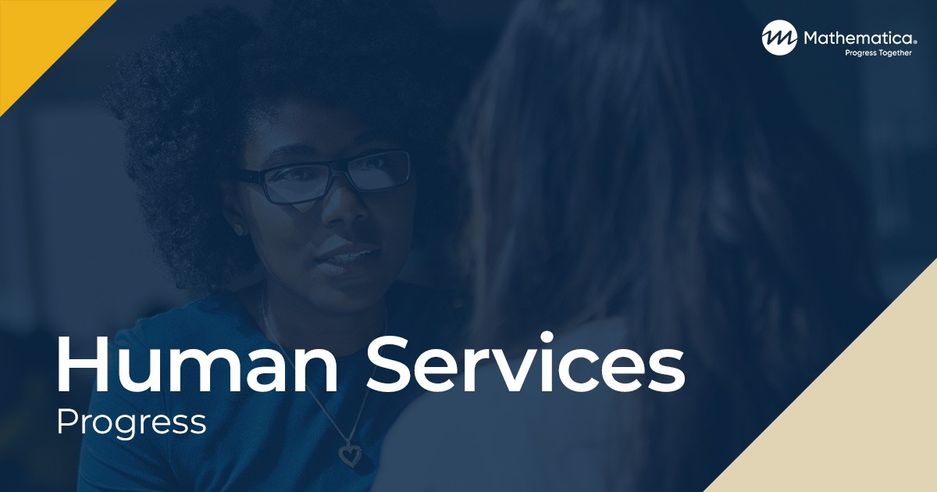Usage of Practices Promoted by School Improvement Grants
Download
Associated Project
Evaluating Race to the Top and School Improvement Grants
Prepared for:
U.S. Department of Education, Institute of Education Sciences
Key Findings
Key Findings:
- SIG schools (which implemented a SIG-funded intervention model) reported using more SIG-promoted practices than non-SIG schools (which did not implement a SIG-funded intervention model) in all four areas examined: (1) comprehensive instructional reform strategies, (2) learning time and community-oriented schools, (3) teacher and principal effectiveness, and (4) operational flexibility and support.
- Across all schools, use of SIG-promoted practices was highest in the comprehensive instructional reform strategies area and lowest in the operational flexibility and support area.
- Across the four areas, there were no differences between SIG and non-SIG schools in use of SIG-promoted practices that focused on English language learners (ELLs).
The report describes the School Improvement Grants (SIG) practices schools reported using in spring 2012. The evaluation examines whether schools that implemented a SIG-funded intervention model (SIG schools) were more likely to use the practices promoted by SIG than schools that did not implement such a model (non-SIG schools).
How do you apply evidence?
Take our quick four-question survey to help us curate evidence and insights that serve you.
Take our survey
